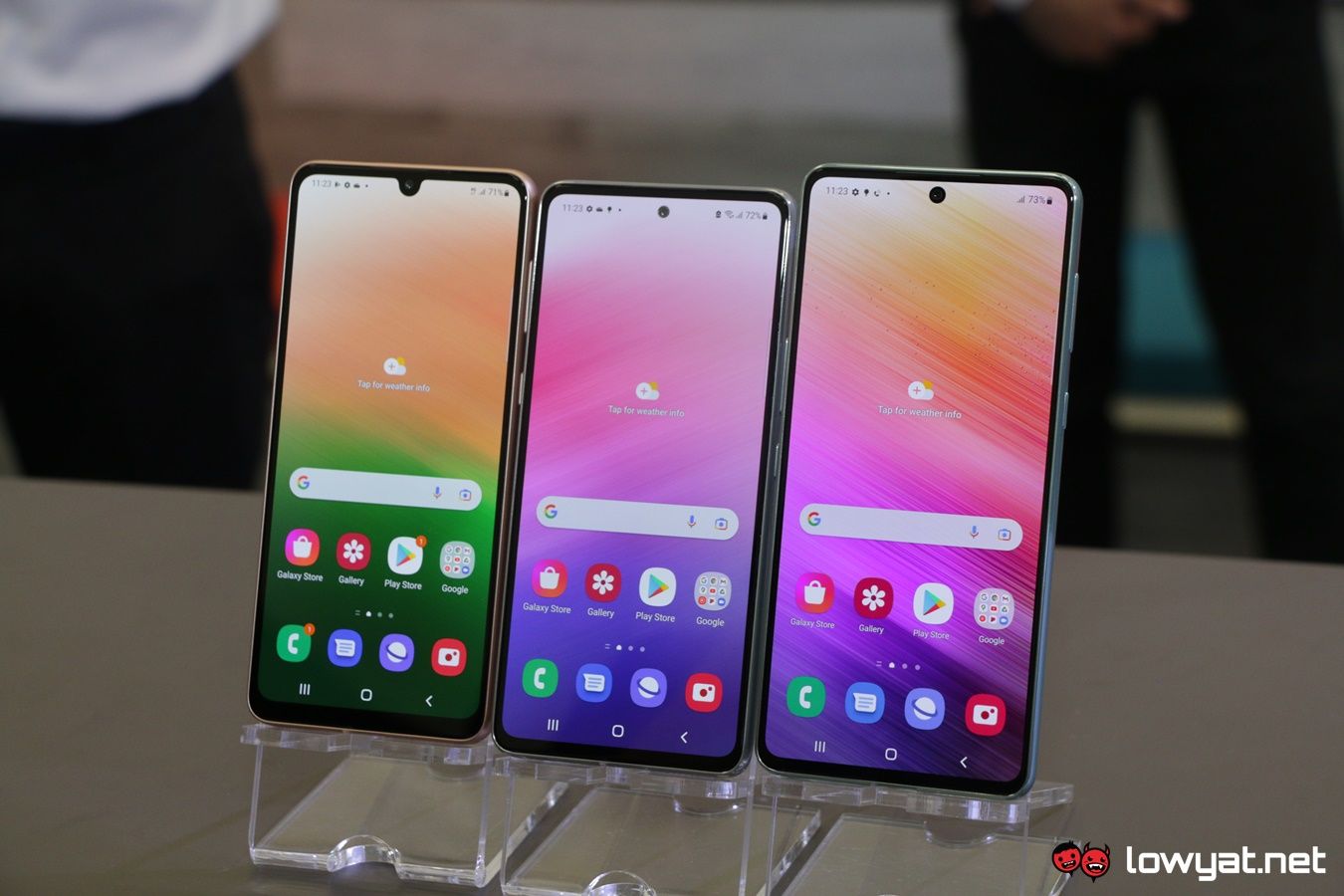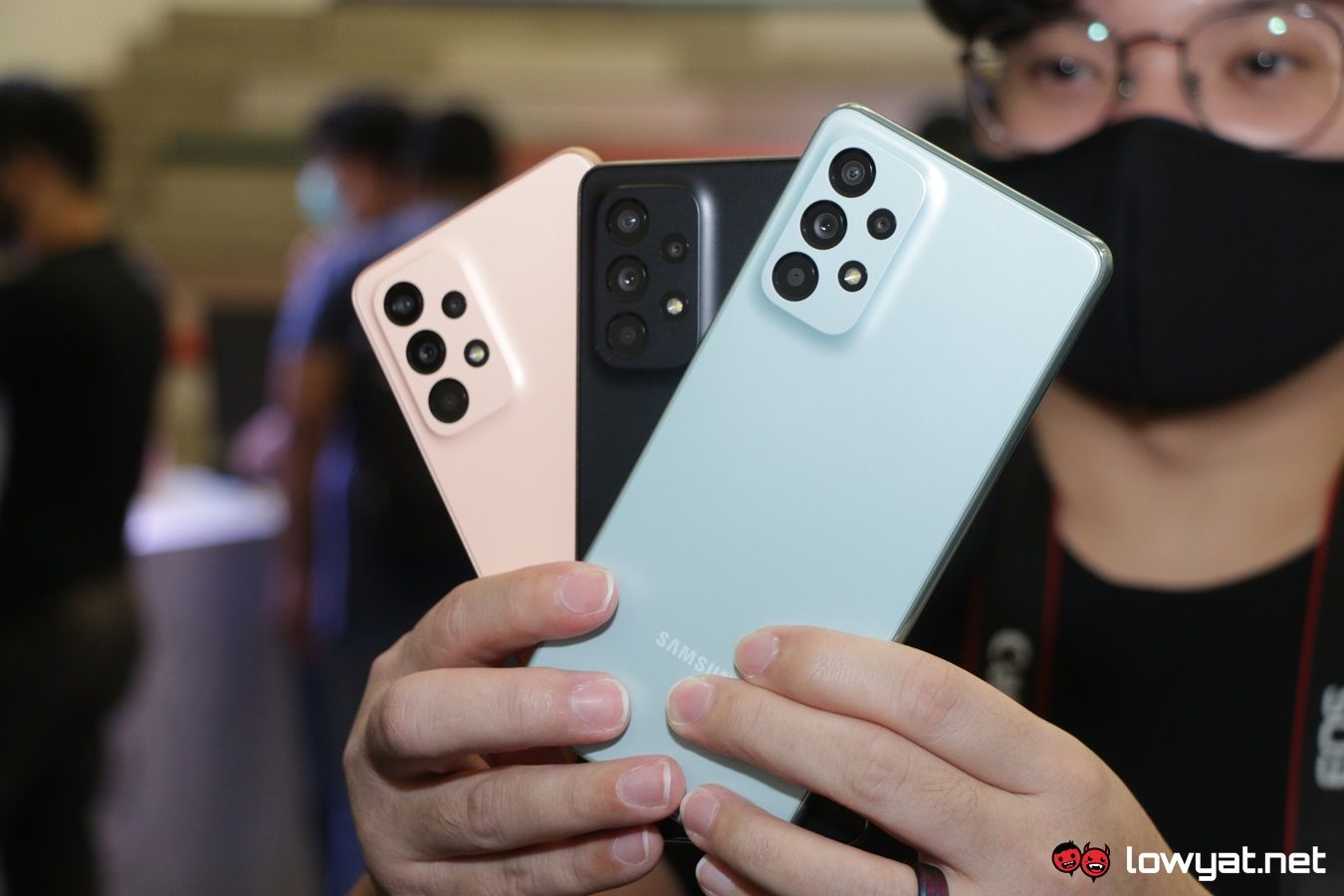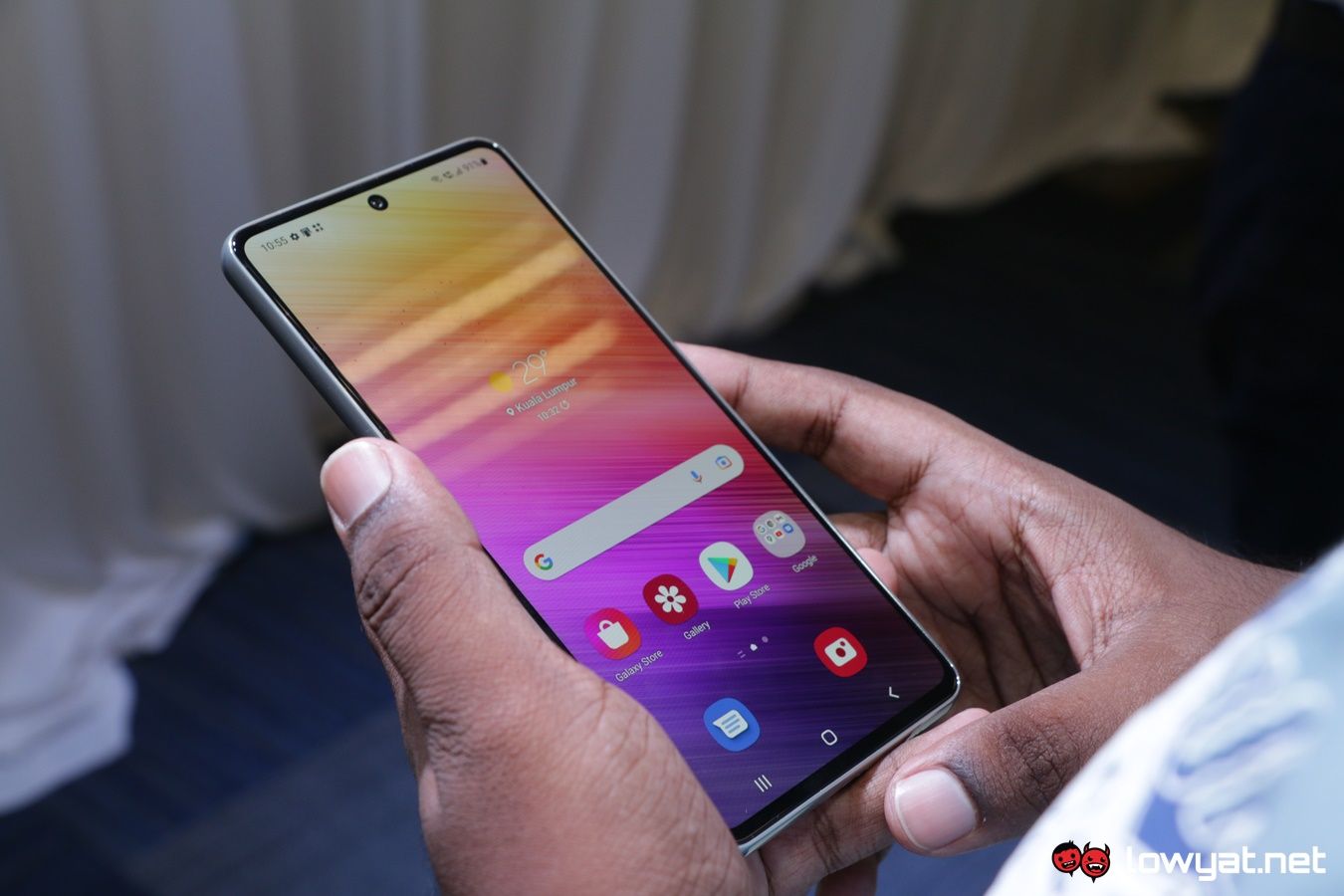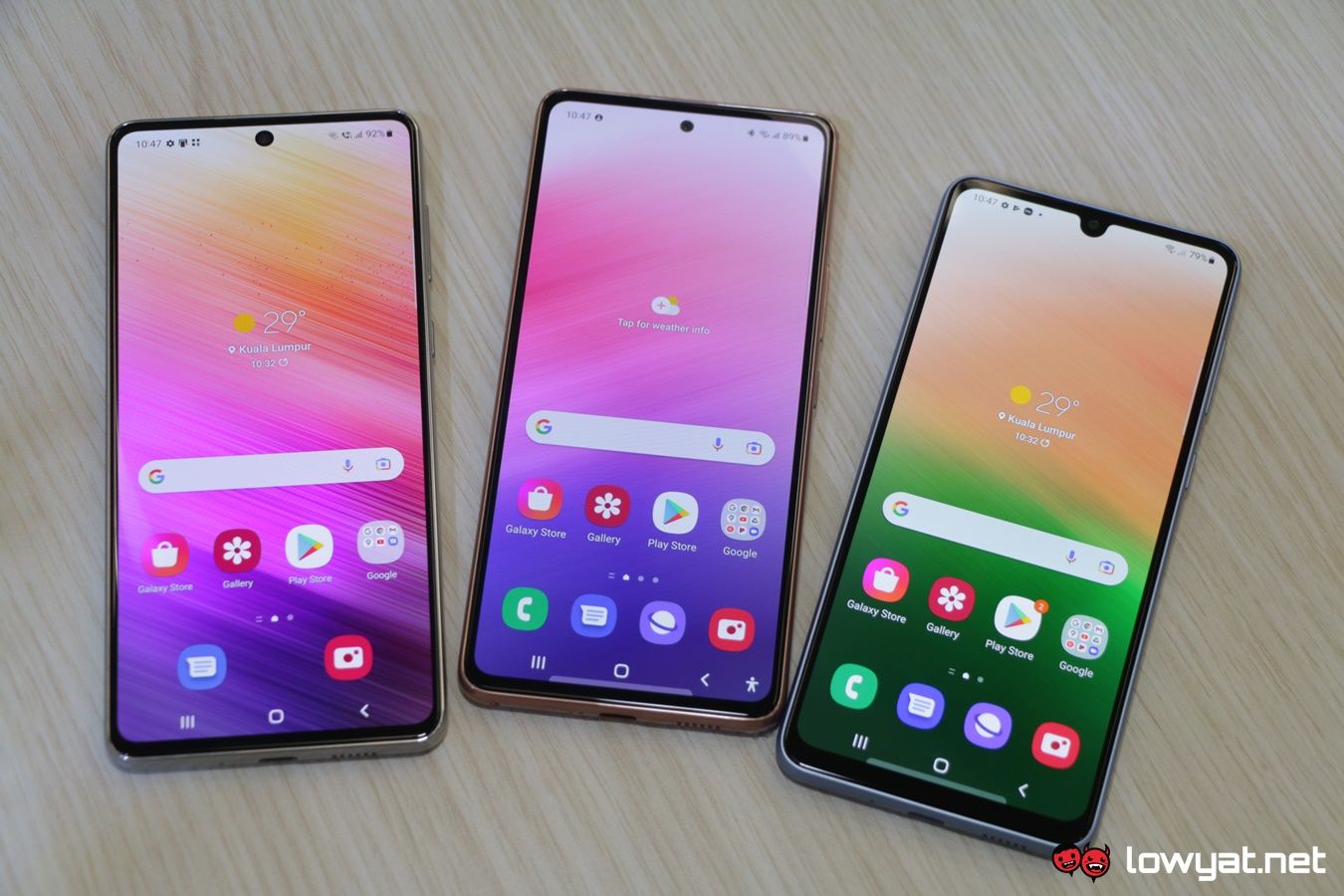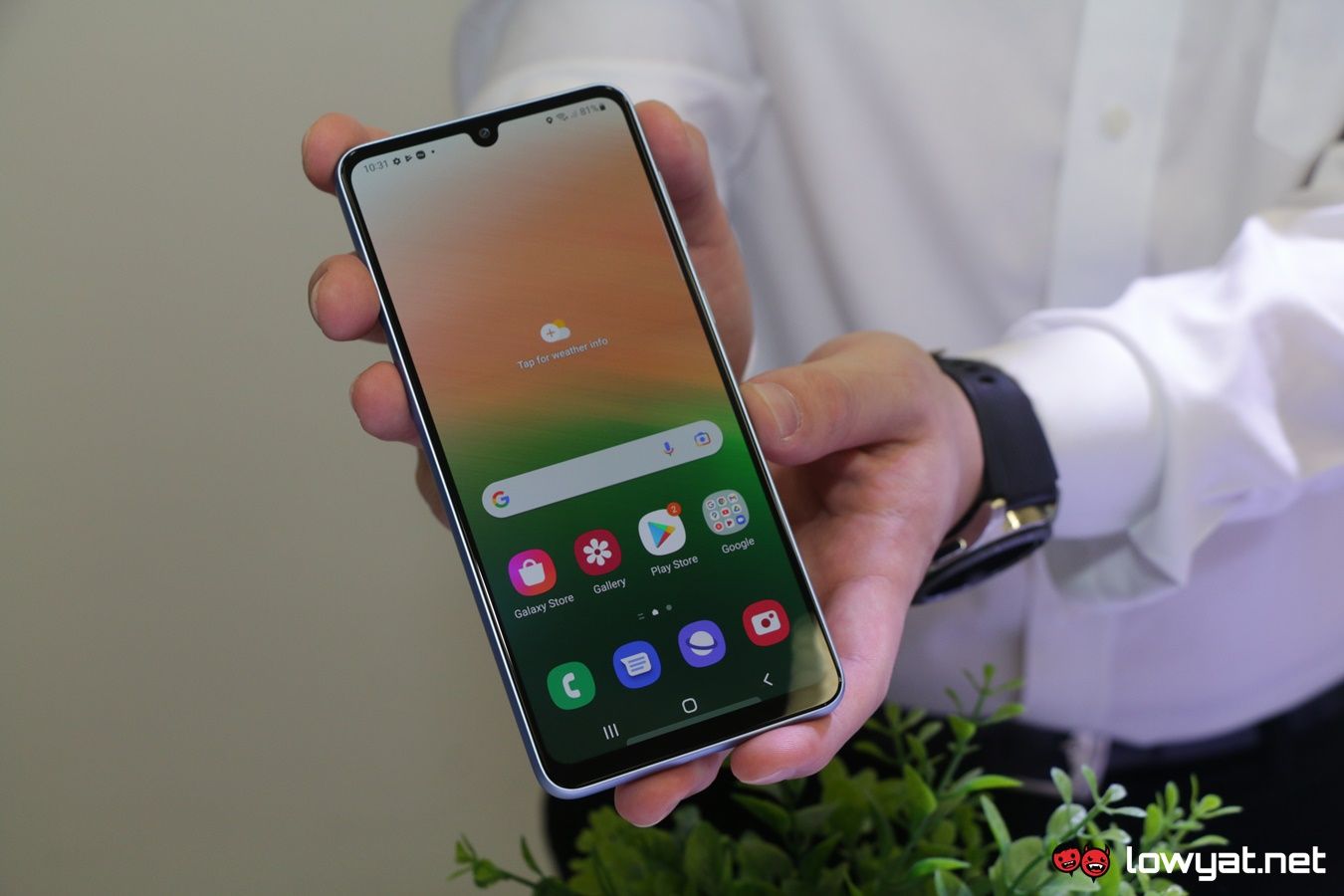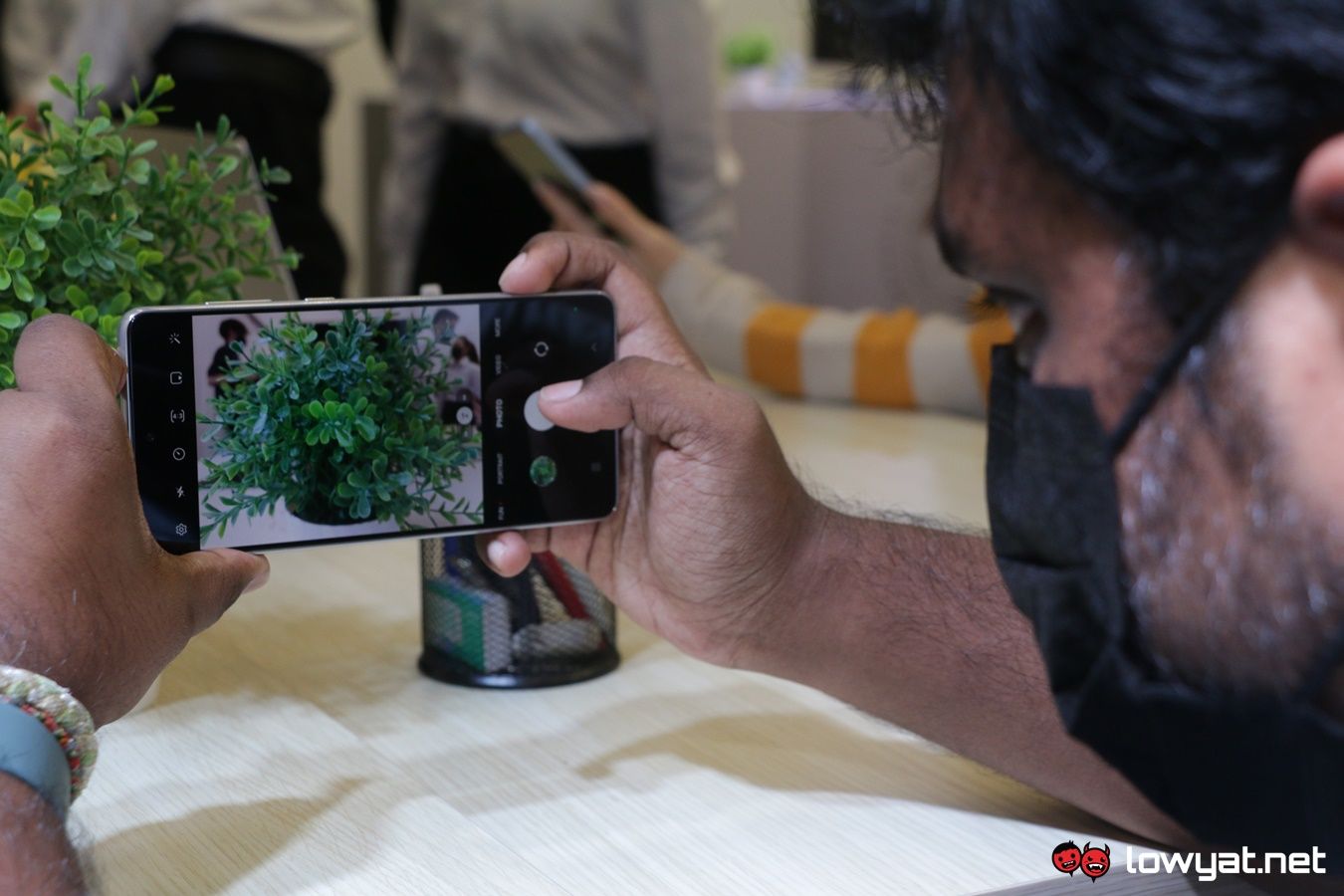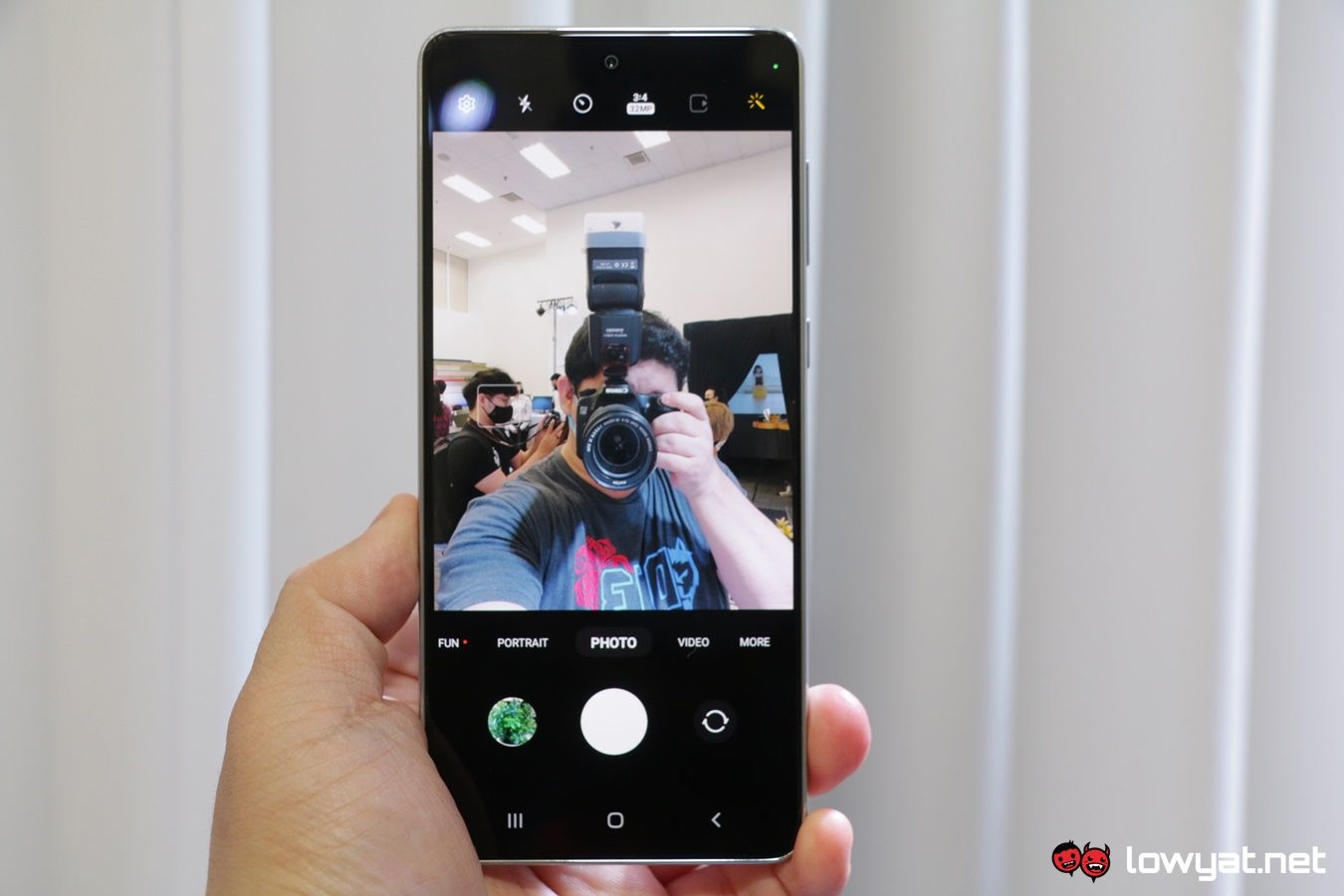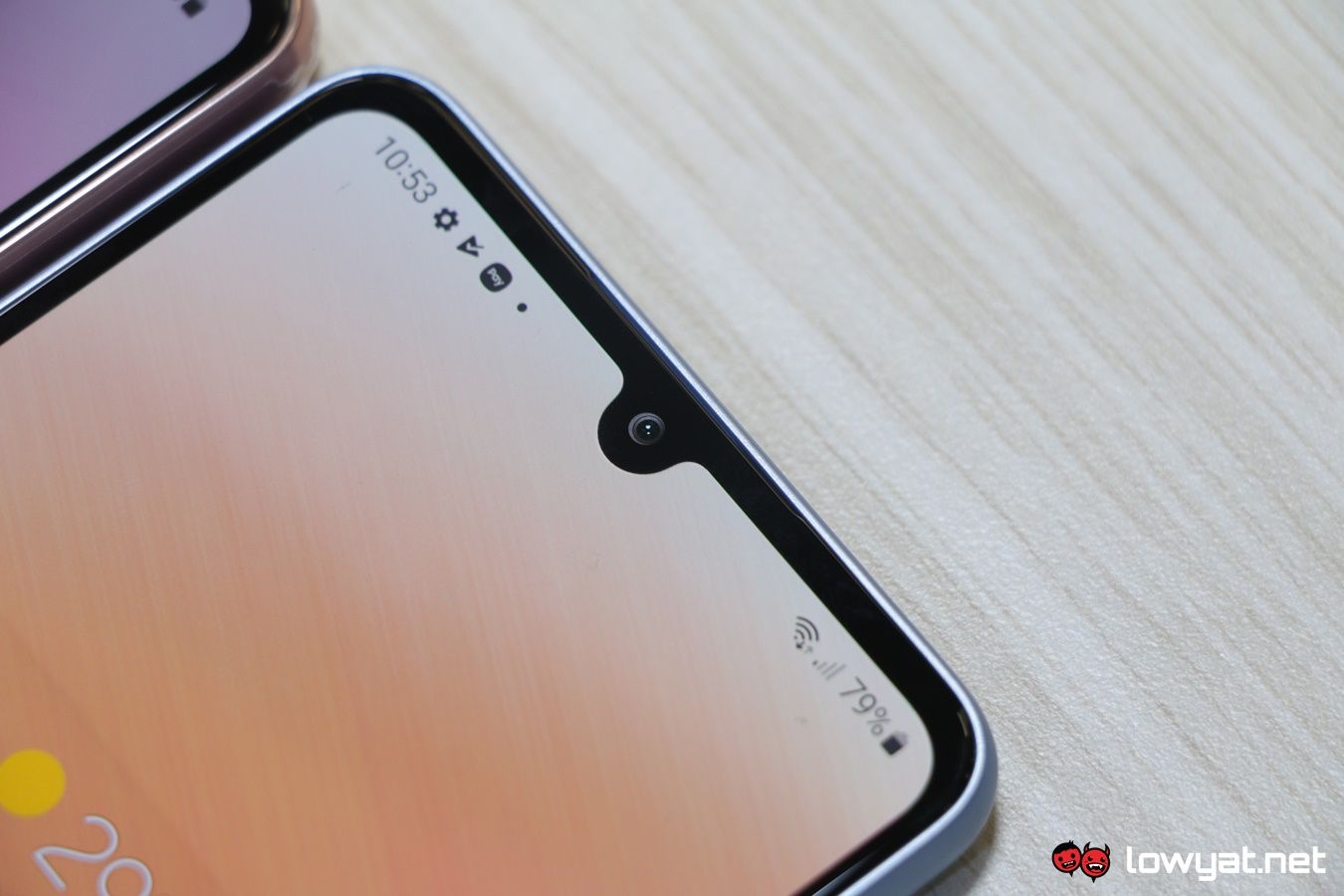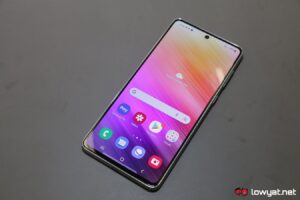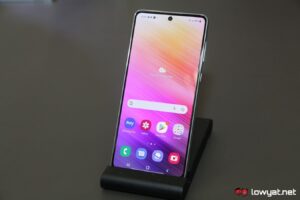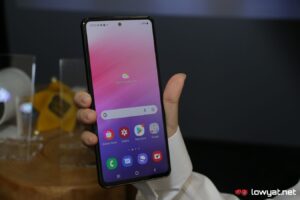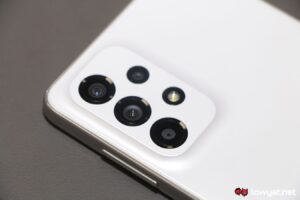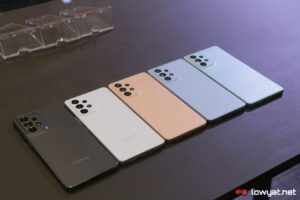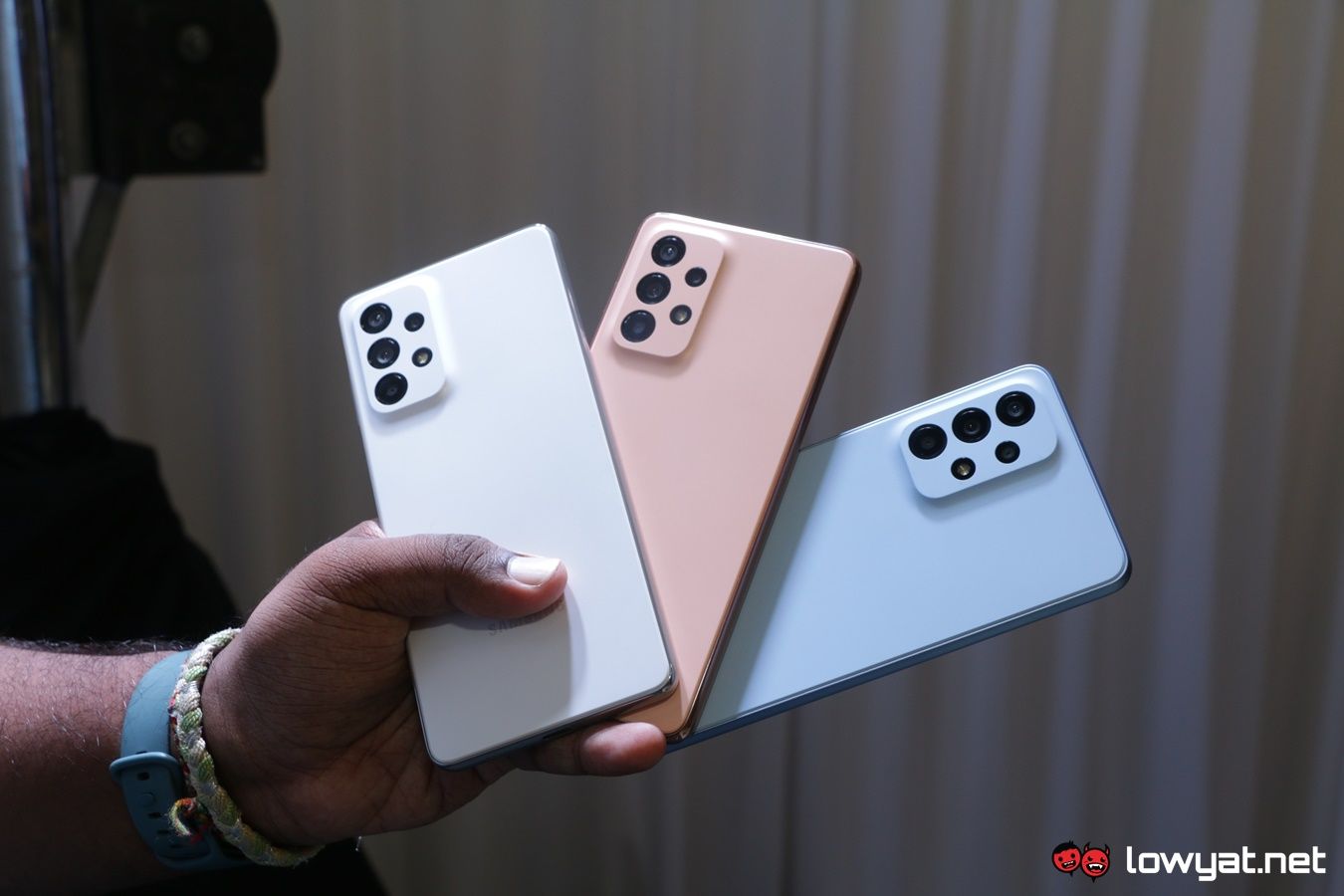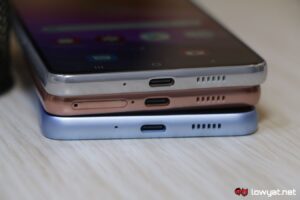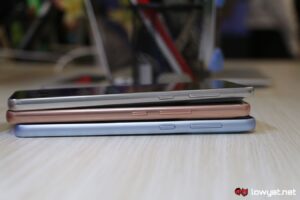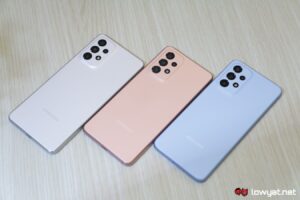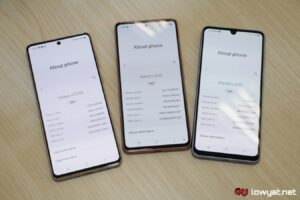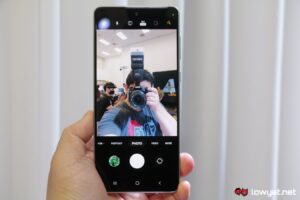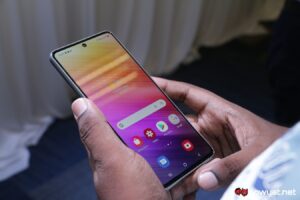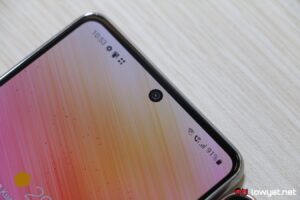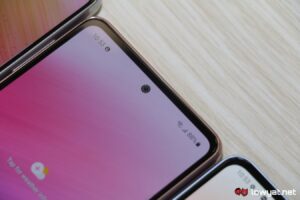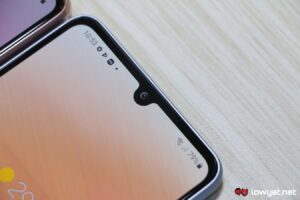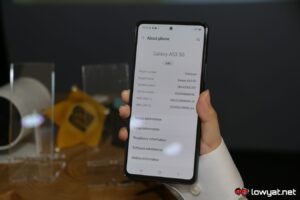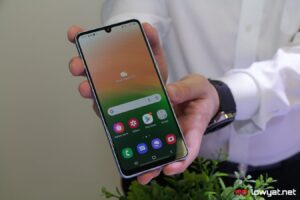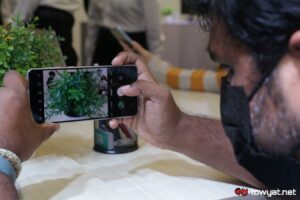Samsung’s most recent Unpacked event saw the launch of not one, but three new Galaxy A series devices. In ascending order, the smartphones are the A33, A53, and A73. Brand new as they are, though, there is most definitely an air of familiarity to them. Well, at least that is the impression I get when I saw them upclose.
If you happen to get a glance at the new Galaxy A Series devices from the back and assume that they were a Galaxy A device from last year, you’re not entirely wrong and would be forgiven. In essence, Samsung seems to be going the way that it took with its recent and more premium flagship Galaxy S22 series, and that’s the “if it ain’t broke, don’t fix it” mantra. Yes, really.
One particular piece of evidence of the recycled look can be seen in the main camera module at the back of all three phones; like the A72, they all retain that same fleshed out bump for the housing that sticks out ever so slightly from the back, while also trying to look as seamlessly integrated into the device as physically possible.
But let’s switch gears for a bit and talk about the hardware being used in these devices and to start, I’ll address the main camera. First, the number of sensors on each phone is standard at four but for each SKU, they each house a different combination of sensors. With the A33, it has a 48MP wide main, an 8MP ultra-wide, 2MP bokeh, and a 5MP macro. For both the A53 and A73, the ultra-wide, bokeh, and macro lenses are the same at 12MP, 5MP, and 5MP, respectively, while the sizes of their main sensors are different. The A53’s main is rated at 64MP, while the A73 has a 108MP main.
Around the front, the selfie cameras on for the A33 is the smallest of them all at 13MP, while both the A53 and A73 share an identical 32MP sensor, yet again.
Then there are the components that lie underneath the hoods. For both the A33 and A53, the phones are powered by an Exynos 1280 SoC, while the A73 is rocking a Snapdragon 778G. As to how much of a performance difference there is between the two chipsets, I am afraid I won’t be able to tell you until I actually test either of them. Chipsets aside, you may be happy to learn that all three devices will have the same 8GB of RAM, but different internal storage capacities: the A33 will have 128GB, while the other two get 256GB across the board. And before you ask: yes, they are expandable up to 1TB.
As for what powers them up, the A33, A53, and A73 are getting a 5000mAh battery, which isn’t bad in and of itself, but I do wonder why Samsung wouldn’t give the A73 a slightly larger capacity. After all, the phone is technically the more premium model of the trio and frankly, I think it would make it more appealing to the masses.
Battery capacity notwithstanding, other standardised features for the new Galaxy A series include IP67 rating, Gorilla Glass 5, a 4-year update cycle, and the lack of a charging adapter in the box, but there is a USB-C Cable. Samsung tells us that its new mid-range devices will also gain access to the majority of its Galaxy Experience and software suites, including the RAM Plus feature that allows users to choose how much of the phone’s virtual memory it wishes to commit to performing tasks. Other features include Link to Windows, Bixby Routines, Single Take, Continue Apps, Samsung Pay, Buds Auto Switch, and Smart Things.
For that matter, the phones won’t be getting DEX, for the simple reason Samsung says that it is reserving the feature for its high-end Galaxy S and Z series devices. Oh, and they are all 5G capable too.
Then there are the displays on all three phones. Obviously, they’re all Full HD+ displays and all three use a variation of Samsung’s Super AMOLED Infinity display technology and yes, they are all different sizes and refresh rates. Once again, the A33 gets the proverbial short end of the stick, with a 6.3-inch panel and a maximum adaptive refresh rate of 90Hz, while the A53 has a 6.5-inch screen capable of 120Hz, while the A73 is (naturally) the biggest at 6.7-inches, plus the same 120Hz as the A53. Regardless of size, all the displays have a maximum peak brightness of 800 nits.
A couple of things to point out about the displays: the borders along the edges and bezels for all three phones are actually thicker than those seen on the more premium Galaxy S series devices but again, that is to be expected given their mid-range nature. The second thing that I have noticed is the borders around the selfie cameras on each device. For the A33, its presence is stark and exceedingly noticeable. For the A53 and A73, both devices are definitely less conspicuous, up until the point you pay close attention to their outlines. Compared to the A73, the borders around the A53’s selfie camera is actually smaller, while the one on the A73 actually looks larger and rather unnecessary. To be clear, it’s a very minor cosmetic detail and one that I doubt anyone is going to pay any serious attention but the fact that it is there does irk me a little bit.
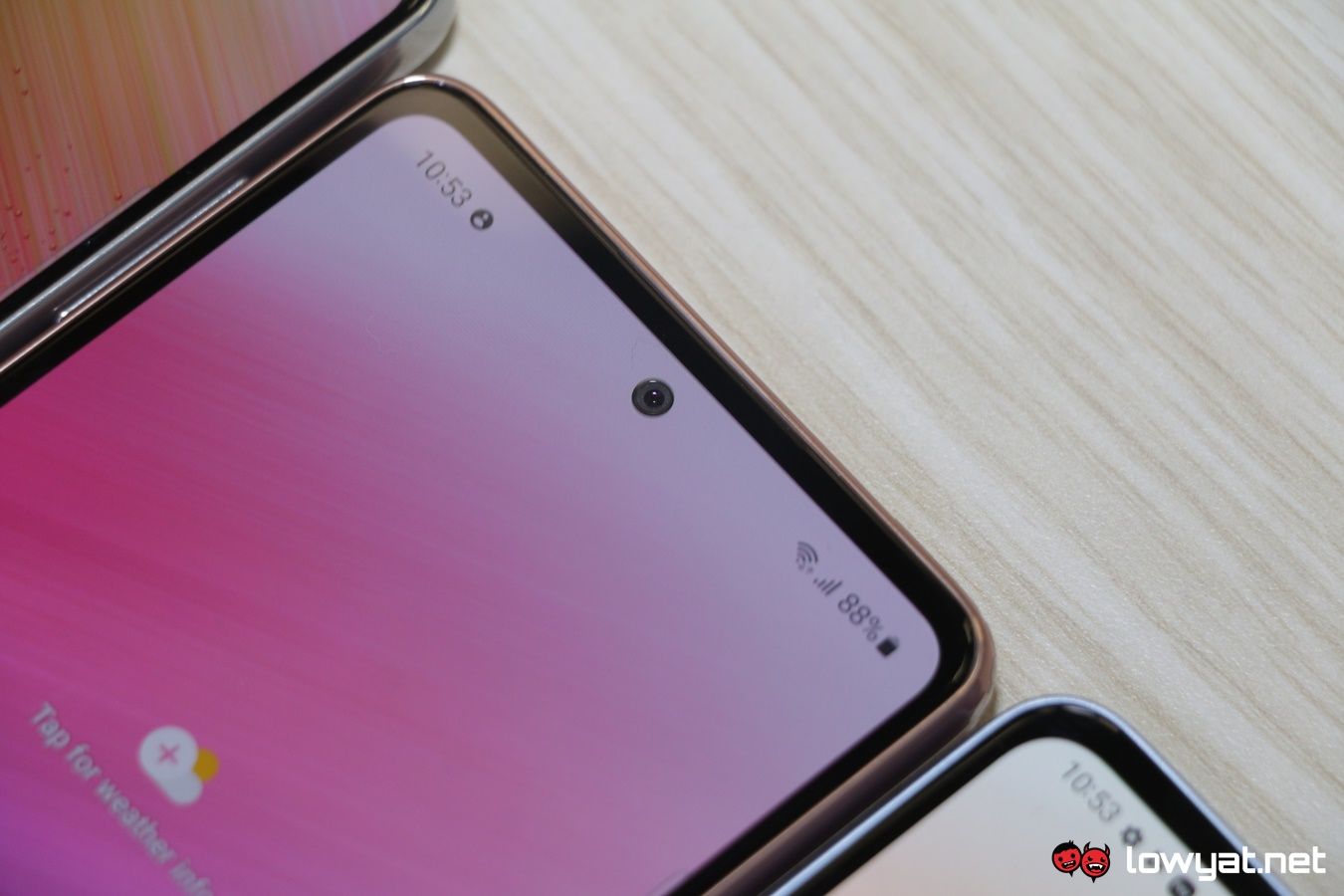
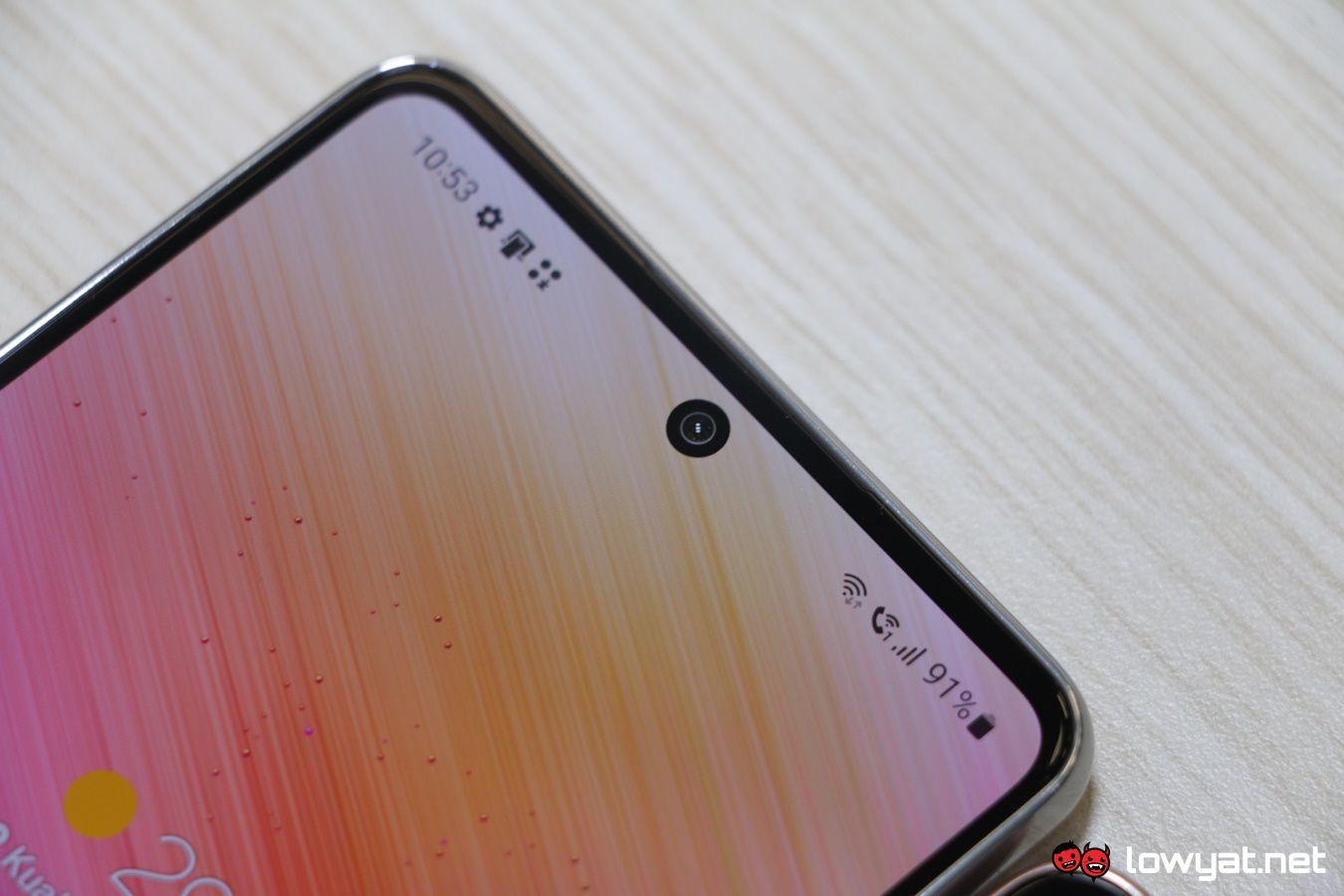
Hopefully, we’ll be getting a chance to do an in-depth review for one of the devices, so do return to our page.
Photography by John Law.
Follow us on Instagram, Facebook, Twitter or Telegram for more updates and breaking news.


